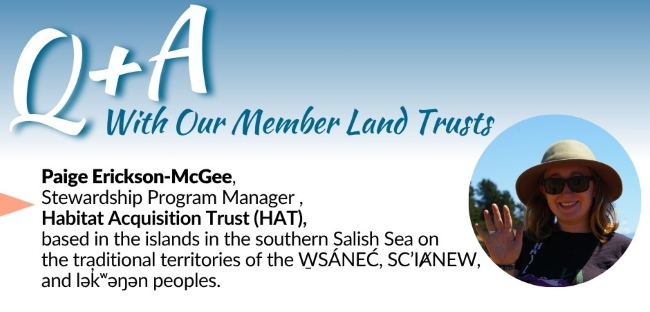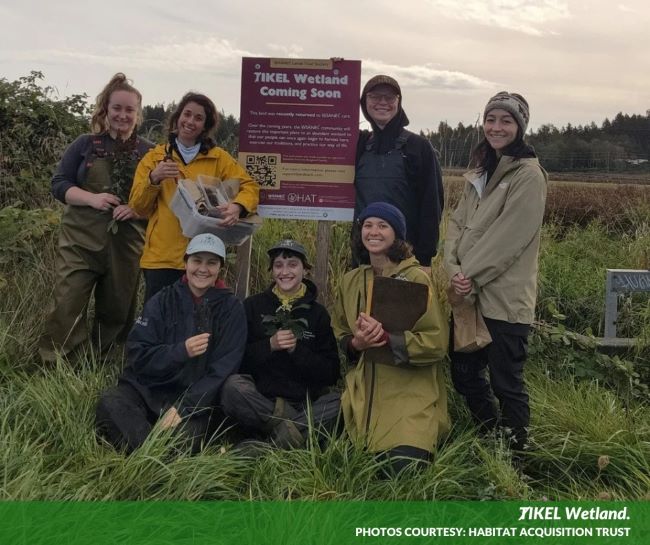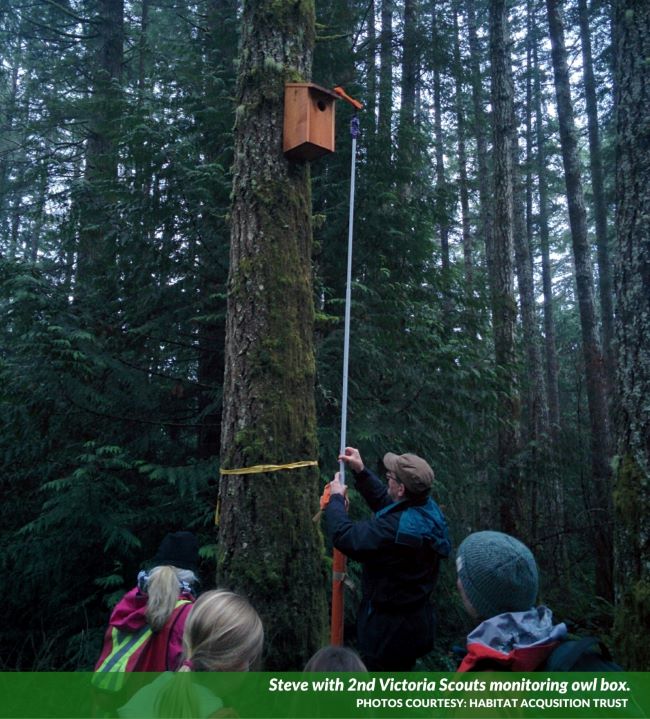Land Trust Q&A: Habitat Acquisition Trust (HAT)

Q: Was there a particular moment or event in your life that drew you to conservation work?
Yes – my journey into conservation began with a turtle. In 2011, I encountered a Western Painted Turtle on a walk in Metchosin, it was the first turtle I’ve ever seen in my life. That moment ignited a fiery curiosity to understand the deep interconnections between local flora, fauna, their habitats, and how humans can sever or strengthen those interconnections. That turtle led me to HAT, and I’ve been hooked ever since.
Q: How long have you been with your organization and what does your role entail?
I first joined HAT in 2012 as a Stewardship Intern and have been with the organization in various roles ever since. I became Stewardship Coordinator in 2015 and now manage our growing Stewardship Programs. My work involves collaborating with Indigenous partners, fellow ENGOs, funders, and knowledge keepers, but primarily it is about ensuring our phenomenal staff have the support they need to run the excellent stewardship programming we are privileged to coordinate.
Q: What was the proudest moment/greatest achievement for your organization?
I have two and I cannot choose just one, so I will need to mention both here. One of our proudest moments was supporting the return of the ȾIKEL (pronounced “tsee-kull”) wetland – also known as Maber Flats – to the W̱SÁNEĆ Lands Trust Society (WLTS). This 47.5-acre land back was the first of its kind in Canada under the Ecological Gifts Program to an Indigenous organization. HAT’s former Executive Director Katie Blake played a key role in connecting the Berglund family, who had farmed the land for decades, with the W̱SÁNEĆ Leadership Council. Seeing this ecologically and culturally significant land returned to W̱SÁNEĆ stewardship was a deeply meaningful milestone in reconciliation and conservation.

Tied for proudest moment would be the signing of a historic agreement in 2022 with the Sc’ianew (Beecher Bay) First Nation to support the creation of a Tribal Park at Mary Hill. Again, Katie Blake led HAT into this community-based collaboration that marked a powerful step toward Indigenous-led conservation and using the colonial tools we as a land trust can access to facilitate land back to the rightful stewards. The agreement, built on years of relationship-building and trust, reflects a shared vision to protect ecologically and culturally significant lands through Indigenous practices and stewardship. Being part of this continuing journey – supporting Sc’ianew’s leadership and witnessing the community’s return to their ancestral territory – is deeply moving and transformative for all of us at HAT.
Q: What was your biggest conservation challenge?
One of our biggest challenges in the last decade has been transforming our approach from a colonial model of conservation – where land was often protected from people – to one that centers truth, reconciliation, and Indigenous-led stewardship with the people. This shift requires more than just new policies; it demands deep listening, relationship-building, and a willingness to leverage our position of power to address the ongoing impacts of these atrocious histories. At HAT, we’re learning how to support Indigenous leadership in conservation, to step back when needed, and to reimagine our role as allies in restoring both ecosystems and relationships. It’s ongoing, humbling work and we certainly make mistakes – but it’s also where the most meaningful change happens.
Q: Where would you like to see your organization in five years? OR What are your hopes for the future of your organization?
I hope to see HAT deepen its partnerships with Indigenous communities and expand our role in supporting Indigenous-led initiatives that align with HAT’s goals. I’d also love to see us grow our capacity to steward more land, engage more youth, and build long-term resilience in the face of climate change.
That being said, I can see HAT continuing to facilitate the wider community in learning about local habitats and all of the creatures they support – from bats to turtles to tiny blue slugs – we hope to create connections for people to understand and care for them. It is everyone’s responsibility.
Q: Can you give us a fun fact about your organization that our readers might not know?
HAT’s bat program is full of quirky charm. Volunteers monitor bat boxes and house roosts across the region, and during the annual Big Bat Count, community members gather at dusk to count bats as they swoop out for their nightly insect feast. It’s science, it’s stewardship, and it’s a little bit magical.
Want another fun tidbit? HAT’s monthly newsletter is called The Fern – a nod to our logo, the quiet resilience of native plants, and the people who work hard to care for them.



